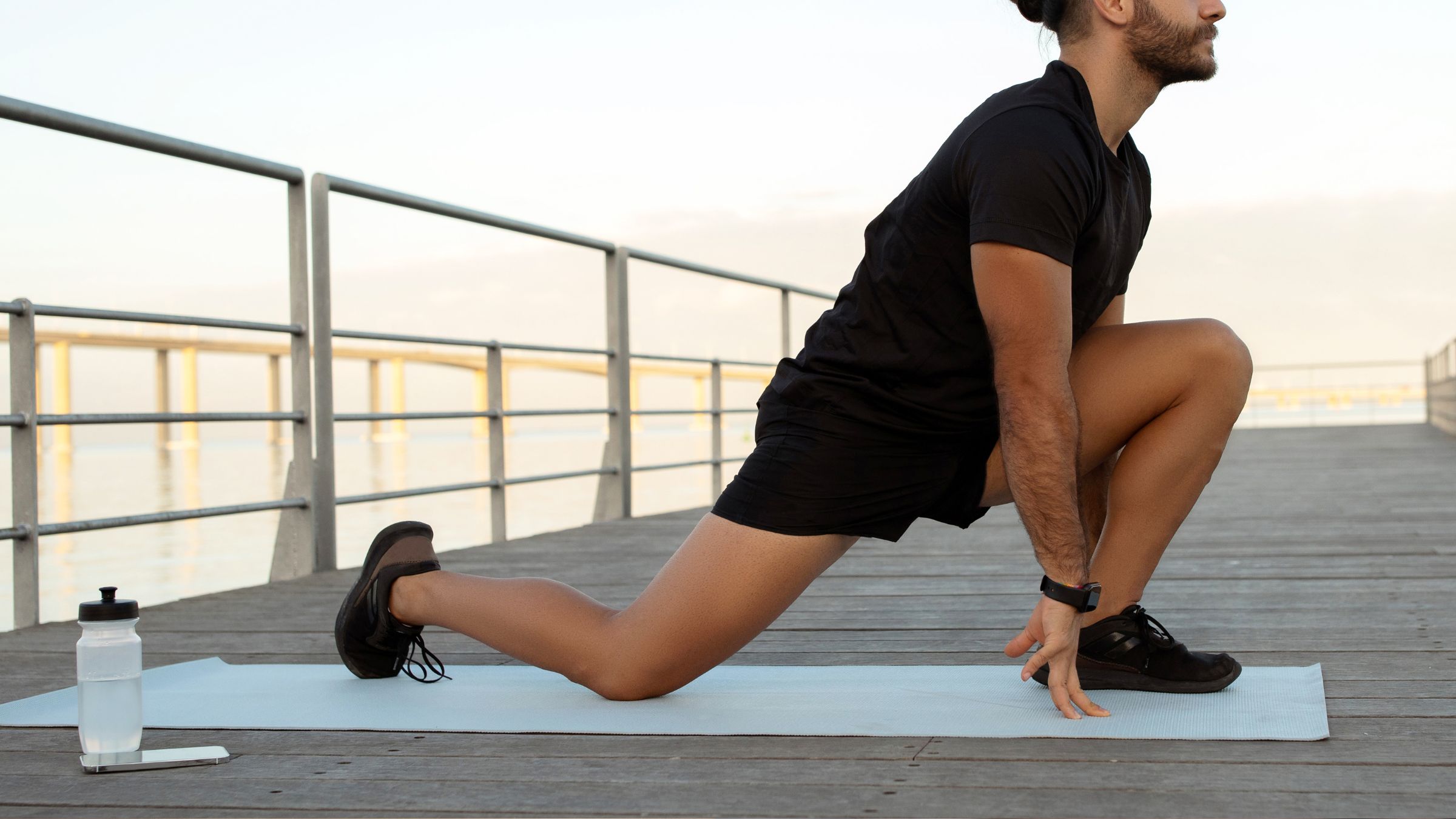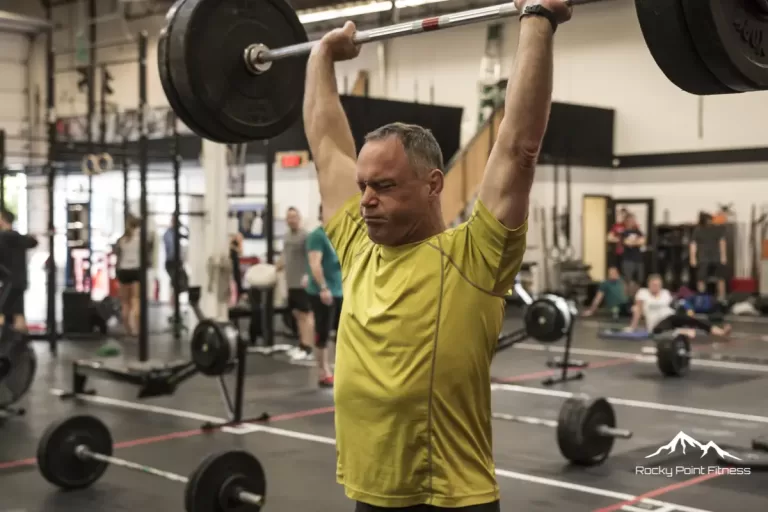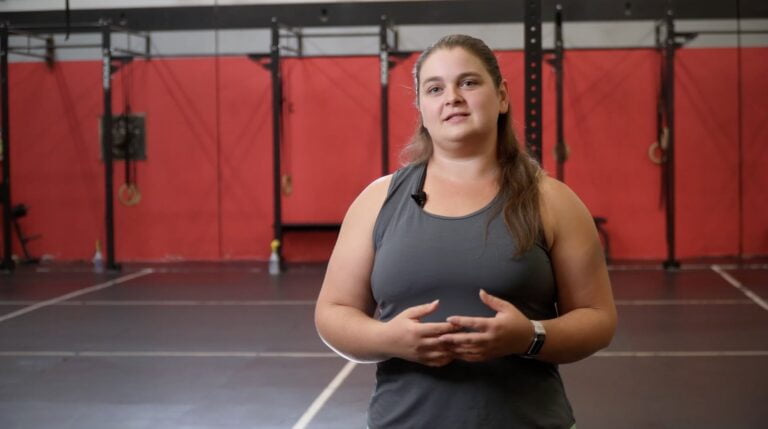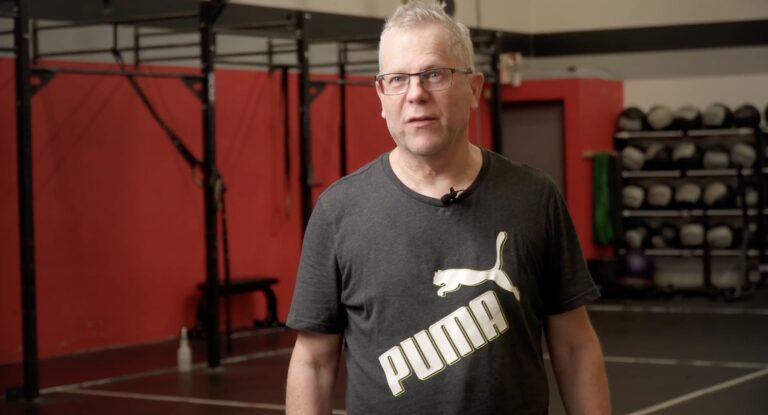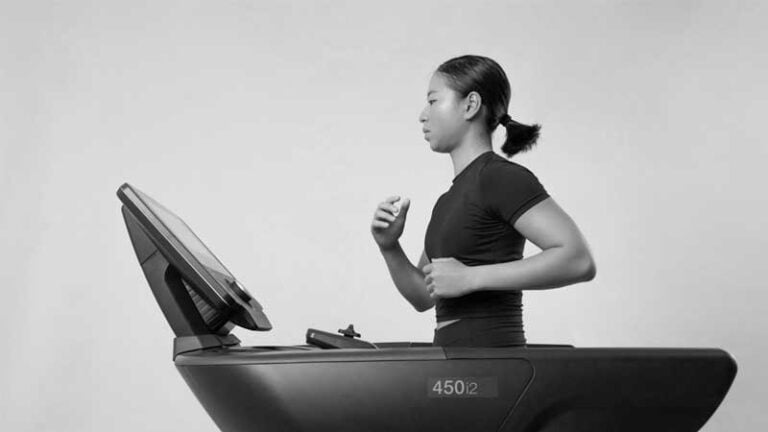3 Exercises to Improve Hip Flexor Strength and Flexibility
You can improve your hip flexor strength and flexibility with just a few simple exercises. Tight or weak hip flexors can limit your range of motion and even cause discomfort when walking or sitting. Many people experience hip pain from sitting too long or from not stretching enough.
Doing targeted hip flexor exercises helps increase flexibility, relieve hip pain, and build important muscle strength. These three moves focus on stretching and strengthening to help you move better and feel more comfortable every day.
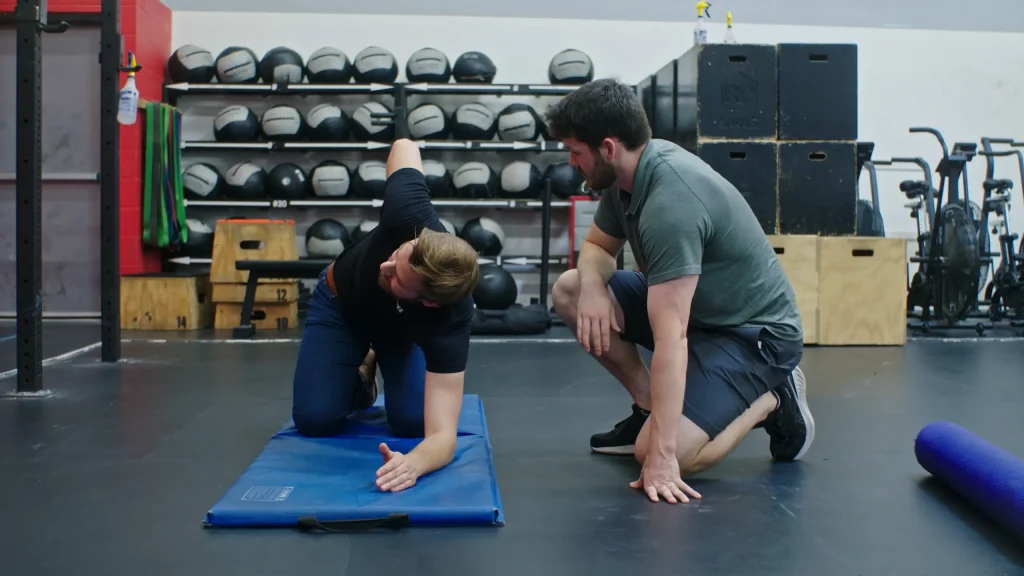
Struggling with hip flexor tightness or discomfort?
At Coquitlam Wellness Center, we can help you strengthen and improve your hip flexors with personalized physiotherapy. Book your consultation today and let our experienced team guide you through effective exercises to get you back to full mobility and pain-free movement!
Top 3 Hip Flexor Exercises for Strength and Flexibility
These hip flexor exercises target both strength and flexibility. You can help lower hip pain, improve your range of motion, and support muscle balance.
Standing Hip Flexor Stretch
The standing hip flexor stretch helps lengthen your hip flexor muscles. Tight hip flexors can cause discomfort and reduce mobility.
To do this exercise, stand with your feet hip-width apart. Step your right foot back and bend your left knee to lower into a gentle lunge. Make sure your back leg stays straight and your heel is lifted. Tuck your pelvis slightly forward while keeping your back straight.
Hold the stretch for 20–30 seconds. You should feel a stretch across the front of your right hip. Switch legs and repeat.
Aim for 2–3 rounds on each side for best results.
Tips:
- Avoid arching your lower back.
- Keep your chest lifted.
- Do not force the stretch if you feel pain.
This stretch supports hip flexibility and helps with daily movements like walking and climbing stairs.
Lunge With Hip Flexor Activation
This lunge targets strength and flexibility at the same time. Activating your hip flexors during the lunge can help maintain muscle balance and reduce hip pain.
Start in a standing position. Step forward with your right foot into a lunge, keeping your knee above your ankle. Lower your left knee toward the floor.
As you hold the lunge, gently lift your back leg’s knee about an inch off the ground. Squeeze your glutes and keep your core engaged. This movement activates your hip flexors without straining them.
Hold for 10–15 seconds, then return to standing. Repeat on the other side.
Tips:
- Keep your front knee steady and do not let it go past your toes.
- Keep your movements slow and controlled.
- Perform 8–10 reps on each side.
This exercise can help improve hip strength and support better range of motion.
Seated Leg Raise
Seated leg raises are a simple way to build hip flexor strength. You can do this exercise using only your body weight from almost any sturdy chair or bench.
Sit up straight with both feet flat on the floor. Place your hands on your thighs or the sides of the chair for support. Tighten your thigh muscles and slowly lift your right leg straight out in front of you about 6–10 inches off the floor.
Hold for a count of 3, then lower your leg back down. Repeat 10–12 times, then switch to your left leg.
Tips:
- Sit tall and do not lean back.
- Move slowly and keep your core engaged.
- You can add ankle weights for more challenge.
This exercise can be helpful if you want to strengthen your hip flexors without putting pressure on your lower back.
Tips for Safe and Effective Flexibility Exercises
Staying safe and getting the best results from hip flexor and flexibility exercises depends on preparation, proper movement, and knowing your limits. Paying close attention to your form, progress, and common errors helps you build strength and avoid injuries.
Proper Warm-Up Techniques
Warming up your body before flexibility exercises is important for reducing injury risk and helping your muscles stretch better. Start with 5–10 minutes of light movement like walking, cycling, or gentle jogging to raise your body temperature.
After that, you should trydynamic stretches such as high knees, leg swings, or marching in place. These movements wake up your hip flexors and prepare them for deeper stretches.
Example warm-up routine:
| Warm-Up Movement | Duration or Reps |
| Walking or Jogging | 5 minutes |
| Leg Swings | 10 per leg |
| High Knees | 30 seconds |
| Arm Circles | 10 per direction |
Never skip your warm-up. Cold muscles are more likely to strain or tear.
Correct Exercise Form and Alignment
Using the right form when performing hip flexor exercises helps target the correct muscles and protects your joints. Always keep your back straight and avoid arching it during stretches.
Focus on movements that feel controlled and smooth. Move slowly—do not bounce or push your body into uncomfortable positions. For hip flexor stretches, make sure your knee, hip, and shoulder form a straight line.
Try these tips:
- Keep your core tight for balance.
- Breathe steadily.
- Make small adjustments if you feel pinching or sharp pain.
If you are unsure of a position, use a mirror or record yourself to check your alignment.
How to Progress Safely
Progressing safely helps you improve flexibility and strength without pain or injury. Increase the intensity or duration of your stretches one small step at a time.
Follow these guidelines:
- Hold stretches for 20-30 seconds at first.
- Add 5-10 seconds each week as your range of motion improves.
- Increase the depth of the stretch only if you can do it without discomfort.
Make sure you do not force your body into any position. If you start feeling pain, move back to an easier version. Listen to your body and rest when you need to.
Track your progress with a chart or journal. Mark the exercises you do and any changes in flexibility.
Common Mistakes to Avoid
Many people make mistakes with hip flexor and flexibility exercises that increase injury risk or slow improvement. Here are common mistakes:
Don’t:
- Skip your warm-up.
- Bounce or use momentum during stretches.
- Hold your breath or clench your teeth.
- Push through sharp pain.
Do:
- Stretch both sides equally.
- Stay patient—flexibility takes time.
- Ask for help from a trainer if needed.
Avoiding these mistakes helps you stay safe and get better results from your hip flexor and flexibility exercises.
Long-Term Strategies for Hip Pain Relief and Increased Range of Motion
Keeping your hips healthy means more than just completing a few exercises. Building habits, staying balanced between strength and flexibility, and paying attention to your body will help you move better and feel less pain.
Incorporating Consistency Into Your Routine
Making hip flexor exercises a regular part of your schedule is important. Aim to perform hip flexor stretches and strengthening moves at least three to four times each week. Doing exercises at the same time each day, like in the morning or after work, can help you remember.
Set realistic goals. Start with short sessions, such as 10–15 minutes, and increase as you get stronger. You can track your progress in a fitness journal or an app. This lets you see how often you exercise and notice improvements in your flexibility and pain levels.
Staying consistent helps your muscles adjust and grow stronger over time. If you skip too many days, your hip flexors can get tight or weak again, so try to keep a steady schedule.
Balancing Strength and Flexibility Training
Strong and flexible hip flexors help keep your movements smooth. If your muscles are only strong but not flexible, or only flexible but not strong, you can have pain or limited motion.
A good routine should include both strength and flexibility exercises. For example:
- Strength: Standing hip flexor raises, lunges, and resistance band exercises.
- Flexibility: Kneeling hip flexor stretch, seated butterfly stretch, and dynamic leg swings.
Rotating exercises prevents overuse and keeps both muscle strength and length balanced. Include rest days, so your hips have time to heal and adapt. If you notice tightness after strength workouts, add extra stretching.
Monitoring and Adjusting for Individual Needs
Everyone’s hips are different. Your starting point, pain levels, and progress will not be the same as someone else’s.
Pay attention to signs, like sharp pain, swelling, or stiffness that doesn’t improve. If an exercise makes your pain worse, modify it or swap it for another move. Keep in mind, gradual progress is normal. Rushing may cause injury.
You can use a simple table to track your symptoms and progress:
| Date | Exercise Done | Pain Level (1–10) | Notes |
| June 1 | Hip flexor stretch | 3 | Stiff in the AM |
| June 3 | Strength exercises | 2 | Felt more mobile |
| June 5 | Flexibility routine | 1 | Easier movement |
Adjust your exercises as your needs change. Ask a physical therapist for advice if you have ongoing hip pain.
Conclusion
By adding hip flexor exercises to your routine, you can help increase flexibility and reduce hip discomfort. Even a few minutes a day can support better range of motion.
If you notice pain during these movements, pause and check your form. Consistency is more important than speed or intensity.
Use these exercises to support your muscle strength and hip health. Small steps can make a difference in how you move and feel.
If you have ongoing hip pain or want more advice, visit us at Coquitlam Wellness Center. Our team can answer your questions and help you improve your flexibility and comfort.

